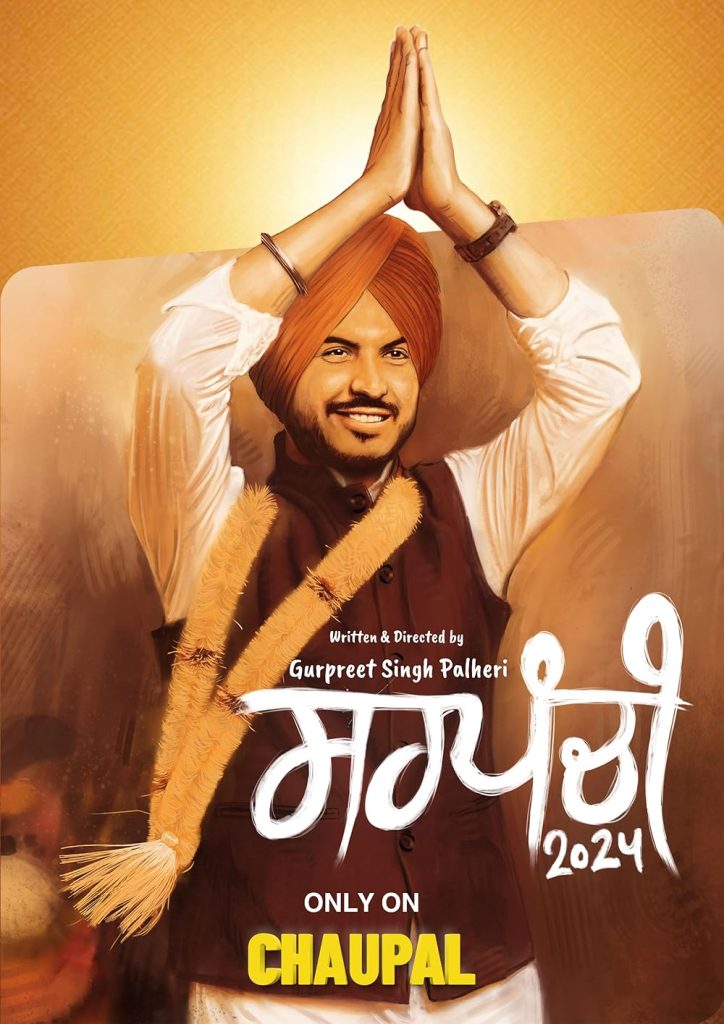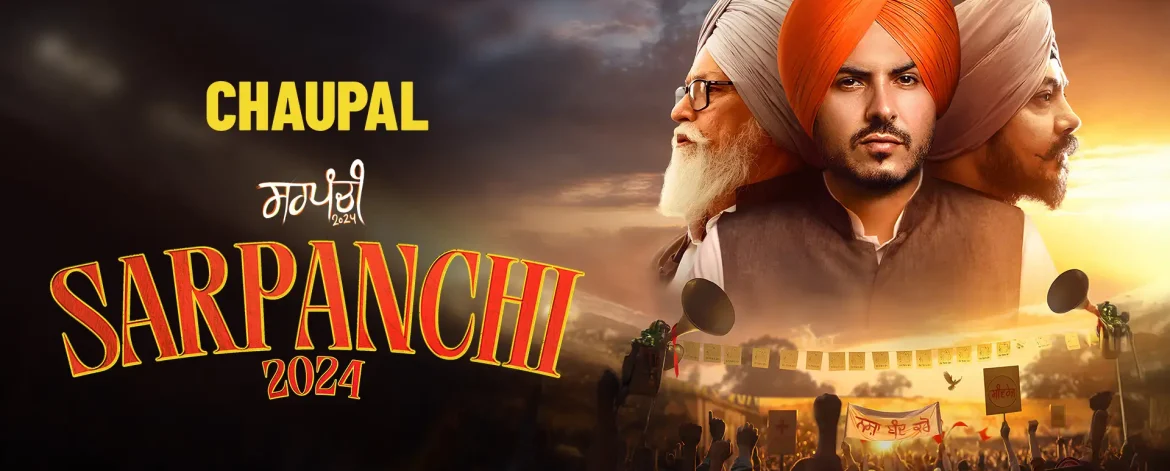Exploring “Sarpanch”: A Dive into Village Politics and Social Dynamics
Introduction
“Sarpanch” is a gripping web series that sheds light on the often-overlooked world of rural politics and the intricate web of relationships that define village life. With a compelling narrative, the series offers viewers an engaging blend of drama, humor, and social commentary, making it a must-watch for fans of stories that explore the complexities of governance and community.
Plot Overview
The series revolves around the life of a village head, or sarpanch, who is tasked with not only leading the village but also navigating the treacherous waters of local politics. As the protagonist grapples with issues such as corruption, caste dynamics, and the struggle for social justice, the series paints a vivid picture of the realities faced by rural leaders in India.
The plot thickens as various characters—each representing different facets of village life—come into play. From ambitious politicians to traditionalists and the marginalized, the ensemble cast brings to life the rich tapestry of emotions and conflicts that define the village setting.
Themes and Social Commentary
One of the standout features of “Sarpanch” is its ability to address pressing social issues while maintaining an engaging storyline. The series tackles themes such as:
- Power Dynamics: It explores how power is wielded at the grassroots level and the often corrupting influence it has on individuals.
- Caste and Class Struggles: The series doesn’t shy away from addressing the realities of caste-based discrimination and the socio-economic challenges faced by the underprivileged.
- Gender Roles: The portrayal of women in the series is particularly noteworthy, as it showcases their resilience and the fight for equality in a traditionally patriarchal society.
Character Development
The characters in “Sarpanch” are multi-dimensional, each contributing to the overall narrative in meaningful ways. The protagonist, often portrayed as an idealistic yet pragmatic leader, embodies the struggle between tradition and modernity. Supporting characters add layers to the story, representing various viewpoints and challenges that a sarpanch must confront.
Cinematic Style and Direction
The direction and cinematography of “Sarpanch” complement its narrative. The lush landscapes of rural India serve as a stunning backdrop, highlighting the beauty and challenges of village life. The storytelling is enhanced by authentic dialogue and relatable scenarios that resonate with viewers, drawing them into the world of the characters.
Cultural Relevance
“Sarpanch” not only entertains but also educates its audience about the intricacies of rural governance and the socio-political landscape of India. It serves as a mirror reflecting the struggles and aspirations of millions living in villages, making it a culturally significant piece of work.
Conclusion
In a landscape dominated by urban-centric narratives, “Sarpanch” stands out as a refreshing portrayal of rural life and politics. Its engaging storyline, rich character development, and social relevance make it a significant addition to the realm of web series. Whether you’re a fan of political dramas or simply curious about the challenges faced by rural leaders, “Sarpanch” offers a thought-provoking viewing experience that’s hard to ignore.
As the series continues to gain traction, it not only entertains but also sparks conversations about the importance of grassroots governance and the role of communities in shaping their destinies.Exploring “Sarpanch”: A Dive into Village Politics and Social Dynamics
Introduction
“Sarpanch” is a gripping web series that sheds light on the often-overlooked world of rural politics and the intricate web of relationships that define village life. With a compelling narrative, the series offers viewers an engaging blend of drama, humor, and social commentary, making it a must-watch for fans of stories that explore the complexities of governance and community.
Plot Overview
The series revolves around the life of a village head, or sarpanch, who is tasked with not only leading the village but also navigating the treacherous waters of local politics. As the protagonist grapples with issues such as corruption, caste dynamics, and the struggle for social justice, the series paints a vivid picture of the realities faced by rural leaders in India.
The plot thickens as various characters—each representing different facets of village life—come into play. From ambitious politicians to traditionalists and the marginalized, the ensemble cast brings to life the rich tapestry of emotions and conflicts that define the village setting.
Themes and Social Commentary
One of the standout features of “Sarpanch” is its ability to address pressing social issues while maintaining an engaging storyline. The series tackles themes such as:
- Power Dynamics: It explores how power is wielded at the grassroots level and the often corrupting influence it has on individuals.
- Caste and Class Struggles: The series doesn’t shy away from addressing the realities of caste-based discrimination and the socio-economic challenges faced by the underprivileged.
- Gender Roles: The portrayal of women in the series is particularly noteworthy, as it showcases their resilience and the fight for equality in a traditionally patriarchal society.
Character Development
The characters in “Sarpanch” are multi-dimensional, each contributing to the overall narrative in meaningful ways. The protagonist, often portrayed as an idealistic yet pragmatic leader, embodies the struggle between tradition and modernity. Supporting characters add layers to the story, representing various viewpoints and challenges that a sarpanch must confront.
Cinematic Style and Direction
The direction and cinematography of “Sarpanch” complement its narrative. The lush landscapes of rural India serve as a stunning backdrop, highlighting the beauty and challenges of village life. The storytelling is enhanced by authentic dialogue and relatable scenarios that resonate with viewers, drawing them into the world of the characters.
Cultural Relevance
“Sarpanch” not only entertains but also educates its audience about the intricacies of rural governance and the socio-political landscape of India. It serves as a mirror reflecting the struggles and aspirations of millions living in villages, making it a culturally significant piece of work.
Conclusion
In a landscape dominated by urban-centric narratives, “Sarpanch” stands out as a refreshing portrayal of rural life and politics. Its engaging storyline, rich character development, and social relevance make it a significant addition to the realm of web series. Whether you’re a fan of political dramas or simply curious about the challenges faced by rural leaders, “Sarpanch” offers a thought-provoking viewing experience that’s hard to ignore.
As the series continues to gain traction, it not only entertains but also sparks conversations about the importance of grassroots governance and the role of communities in shaping their destinies.

